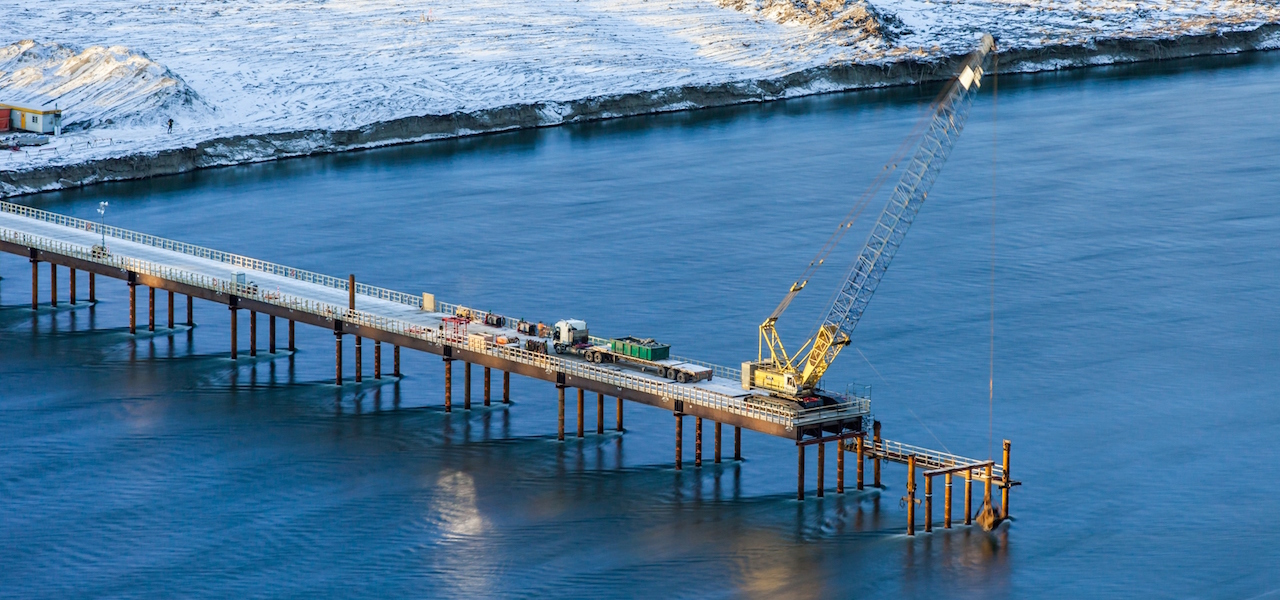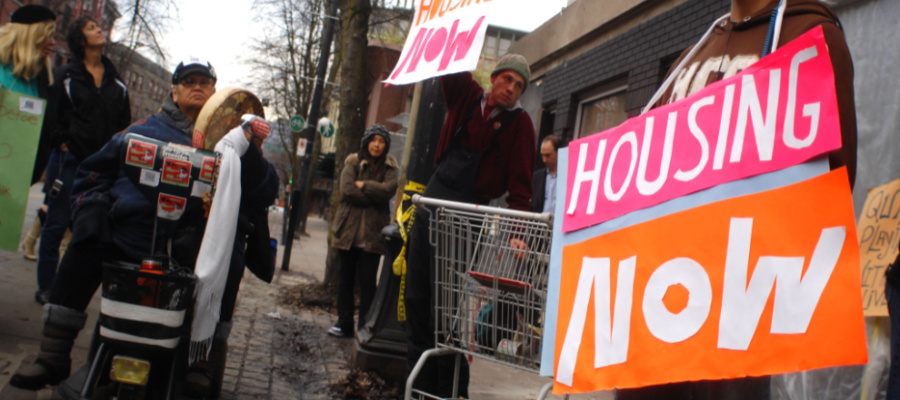Eight reasons the Site C dam is not needed: My testimony to BC Utilities Commission
Last week, I appeared before the BC Utilities Commission (BCUC) at their Technical Presentation Session in Vancouver, and gave a brief presentation about my findings relating to the economics of the proposed Site C dam. Here’s what I had to say:
Thank you to the Commission for the invitation to speak. My name is Marc Lee, and I am an economist with the Canadian Centre for Policy Alternatives. Over the past decade, my principal area of research has been climate change and energy policy, with a focus on GHG mitigation policies in BC.
During that time, I led a six-year research initiative, the Climate Justice Project, which produced over 30 research reports. I was the author or co-author of several of particular relevance to this hearing:
- Clean Electricity and Conservation, published in June 2012;
- Energy Poverty and Housing, published in September 2011; and
- In 2015, a case study of the City of Vancouver’s Neighbourhood Energy Utility.
- I have also written extensively on the economics of liquefied natural gas (LNG) projects proposed for BC.
The BC Utilities Commission preliminary report demonstrates why independent review of mega-projects like Site C is so essential, even with the short timeframe imposed by the BC government.
My original submission to this inquiry drew on the analytical framework of clean electricity and energy transition in the 2012 paper. My submission argues that the Site C dam is not necessary, and that moving forward to completion is likely to have adverse impacts on BC Hydro and ratepayers of all classes.
I came to this conclusion by re-estimating electricity demand for BC in light of recent developments. I then considered the potential impact of more aggressive DSM policies and the need to transition off of fossil fuels. Finally, I considered a range of alternative supply options to meet any demand shortfall in the future.
In my remarks today I would like to reiterate eight key findings in my submission, in light of BC Hydro’s own submission, the second Deloitte report, and BCUC’s preliminary report and alternative portfolio.
1. An LNG industry is unlikely to materialize
Residential and commercial consumer demand has been flat and will likely continue to be so, with growing population offset by improvements in the energy efficiency of buildings. While the mania for LNG in BC has long since faded, BC Hydro still anticipates surging demand from LNG in the future. Table 11 in BC Hydro’s submission shows that oil and gas accounts for 68% of long term (11–20 years) incremental demand and 75% of long-term incremental capacity.
The reality is that the economics of LNG are abysmal: the cost of landing LNG on Asian shores is higher than the price it would receive. That will continue for the foreseeable future due to large new LNG capacity coming on-line.
I would note that throughout BC Hydro’s submission, the use of natural gas for generating electricity is (rightly) frowned upon. But somehow they see no problem in supplying increased amounts of electricity to the natural gas industry. Assuming a massive gas industry in 2050 is forecasting climate disaster; it would also be contrary to BC’s GHG law, Canada’s commitments to the Paris Agreement, and a science-based carbon budget.
2. Demand has been overestimated
This is consistent with findings to date. The second Deloitte report and BCUC preliminary report add further comments about BCH assumptions that overstate future demand:
- BC Hydro has assumed much higher GDP growth after year five of the forecast. But their projections also do not consider any possible recessions over the two decades ahead.
- BC Hydro assumes hydro rates will not increase between 2025 and 2036.
- BC Hydro uses a demand elasticity estimate much less than estimates made in academic literature. Put another way, higher prices are likely to reduce demand by more than BC Hydro says.
These findings reinforce the case that demand projections are over-stated, and therefore constitute a bias towards Site C.
3. BC’s electricity surplus will last a while
I updated the mid-load 2017–19 RRA forecast to remove power from Site C on the supply side, and add only the incremental demand from Woodfibre LNG while excluding other LNG demand. Other demand growth from oil and gas extraction and processing remains the same.
While this update accepts steadily growing demand, in reality demand may be flat (as in recent years) or grow at a slower rate due to policy changes and higher electricity prices. Nonetheless, my update finds 8.3 per cent lower total demand in 2032 than presented by BC Hydro [2016 May mid-load forecast before DSM plus Expected LNG Load]. The resulting surplus is in the 5,000 GWh per year range up to 2023, after which it steadily declines to a near-balance in 2032.
Deloitte takes a similar approach to my submission in re-estimating future load growth given current information (the decline of LNG in particular), and they conclude that demand in 2036 is likely to be around 6,000 GWh less than Hydro’s mid-load projection.
4. Conservation measures could make the surplus last longer
BC Hydro models five DSM scenarios, and its current efforts are based on the less aggressive Option 2, which itself is moderated in the RRA. Because it is most consistent with the zero-carbon society BC needs to become, I am most interested in DSM Option 5.
The Deloitte report comments that BC Hydro is below average in its DSM efforts when compared to US utilities. Their demand estimate (that I just referenced) includes DSM Option 3, though they characterize potential as “at least Option 3”.
Ramping up DSM would also entail expenditures, but at much lower cost than Site C. Conservation is clearly the most cost-effective way of meeting new demand.
In addition, estimated demand from fossil fuel industries amounts to about 6,000 GWh in 2032 [4,000 GWh for oil and gas; 1,200 for Woodfibre LNG; 800 for coal mining]. I propose an alternative scenario for industrial demand that ramps down (but does not eliminate) electricity supplies going to fossil fuels and cancels the Woodfibre LNG project.
These assumptions would align BC’s industrial activity with a stronger climate policy that is more consistent with our international obligations and domestic legislation. Altogether, these measures plus the more aggressive DSM Option 5 lead to savings of almost 9,000 GWh by 2032.
5. The surplus could aid the energy transition
The Deloitte report makes a similar comment with regard to electric vehicles. Transition to zero-emission buildings is more complex, and neither Deloitte nor I make estimates, although I would note that DSM Option 5 already covers much of this transition.
Many Site C proponents have simply assumed massive new electricity supply will be needed in the transition to zero-carbon. Peering so far into the future is highly sensitive to assumptions and vulnerable to technology shocks. More and updated research and modeling are needed to better understand electricity supply and demand implications of the transition to a zero-carbon economy.
6. There are many alternatives
Ultimately, as a province BC has a choice between more aggressive conservation on the one hand and seeking new electricity supply on the other. That is, there is a trade-off.
If new power is eventually needed in BC, a number of renewable options could be brought in that more gradually to meet any shortfall between supply and demand. Some of these may be grid-based supply options, but others may be measures that reduce the demand for BC Hydro electricity, like solar PV or district energy systems in urban areas.
The Deloitte report notes current BC Hydro facilities have expansion potential, with additional capacity of 600-1000 MW. They also review alternative supply options and costs.
Neither Deloitte not the BCUC preliminary report consider district energy, development of which could displace demand for space and water heating, which constitutes about three-quarters of household energy demand. Given that the City of Vancouver, among others, is planning on further developing its district energy network, the BCUC should also consider district energy in its final report. In my research the NEU had cost effective rates at $97/MWh in 2014.
BCUC preliminary report rightly challenges BC Hydro for making spurious comparisons between the costs of proceeding with Site C and an alternative portfolio. I won’t get into these in the interests of time.
7. Site C means more debt for BC Hydro
Neither the BCUC preliminary report nor Deloitte comment on energy poverty—a situation in which energy costs adversely affect a household’s quality of life, typically measured as the share of population spending more than 10 per cent of their after-tax income on household energy. My research has previously analyzed energy poverty in BC, and finds that steep residential rate increases disproportionately impact lower-income households that are already facing major affordability challenges.
BC Hydro and the BCUC recently rejection of a lifeline rate for low-income households so additional residential price increases stemming from Site C would have an adverse effect on already marginalized groups in BC.
8. A more comprehensive plan is needed
This final point is that a more sophisticated exercise of modeling and analysis is needed, but rooted in a similar framework to what I have outlined. The 2013 IRP was pessimistic towards renewables, and since then we have seen technological change and falling costs.
The Alternative Portfolio released yesterday is a step in the right direction, and I have only looked at it briefly. However, I would note:
- It still accepts growth in demand unlikely to occur.
- It only upgrades DSM to Option 2, and surely more could be done given the lower costs/MWh (e.g. Option 3).
- No reductions in supply to fossil fuel industries.
- Grid-based wind is the alternative supply. No solar PV, district energy that would reduce demand for BCH electricity. No upgrades to existing dams to add supply and capacity.
Finally, the narrow economic analysis from the review will also need to be supplemented by a consideration of broader environmental impacts of the project, such as the loss of agricultural land, and First Nations concerns as part of the final decision.
Thank you.
Topics: Climate change & energy policy, Environment, resources & sustainability, Features, Fracking & LNG






